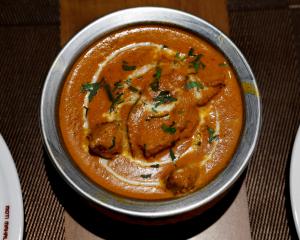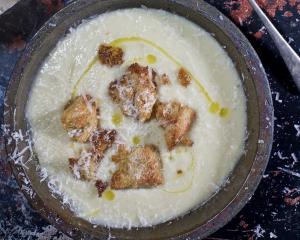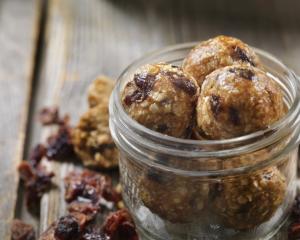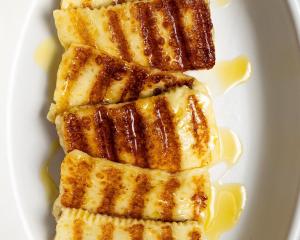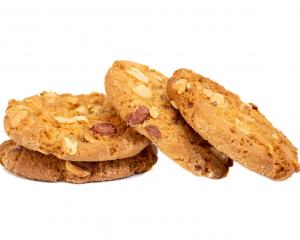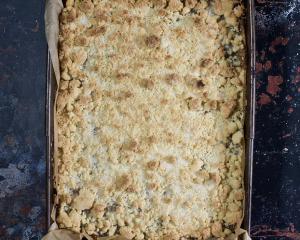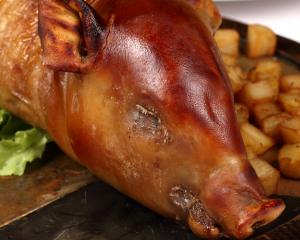A reader asks why the price of premium (5%) beer is more than mainstream (4%) beer.
The full retail price of beer is about $25 a dozen ($21.10 for a 330ml bottle) for 4% strength and more than $30 a dozen ($2.50 a bottle) for 5%.
Breweries say most of the price difference is because it costs more to produce, promote and sell the premium brands. They spend more on the quality of packaging and on promoting it.
They use better quality malt and hops, or more of these ingredients, in premium beer which generally takes longer to brew. And there are royalty payments to pay to the owners of international brands ( such as Stella Artois or Heinekin) which are brewed under licence here.
About 10c a bottle difference is due to liquor tax which is 34c a bottle for 4% and 43c for 5% (or 40c and 49c, respectively, when 15% GST is added), plus the impact of profit margins on that.
(Excise increases every July 1 in line with the inflation rate for the previous year. Australia is considering a change to the way it taxes alcohol and, in Britain, beer tax has gone up by 26% in the past three years.)
Price war
The health police constantly urge increases in alcohol tax in their campaign to reduce consumption - using the latest research from the University of Otago as ammunition.
The study shows the price of a dozen beer from a pub rose by 56% in the past decade - nearly three times more than it did in supermarkets, which they accuse of selling too cheaply.
The study points out, however, that at the same time the price of milk rose 50% more than it did for beer and (in the four years to 2010) bottled water prices rose 80% more than beer.
Watery
A small Auckland brewery, Galbraith's, has this month introduced Munich Lager, made from what it calls perhaps the purest water supply in the world.
It is using Te Waihou ("the new water" in Maori) spring water from the Blue Spring, near Putaruru, in the Waikato.
A four-pack is about $14 and is available in the South (look up www.alehouse.co.nz, click on find out more then on and off-licence stockists).
Beer consists of more than 90% water and the water is as important as any of the other ingredients.
The early breweries were built alongside rivers (like Canada's oldest, Moulson, which started on the mighty St Lawrence River) or at springs (Speight's in Dunedin) to ensure a supply - and the characteristics of their water influenced their brews.
Most now use water from city supplies, filtering out such things as added chlorine or fluoride.
The two main elements in water are calcium and magnesium. Both help enzyme activity in fermentation.
The high calcium and magnesium in the Trent River has made British ales from Burton on Trent famous. Lower concentrations, as in Pilsen, the home of pilsner, in the Czech Republic, produce mild lagers.

